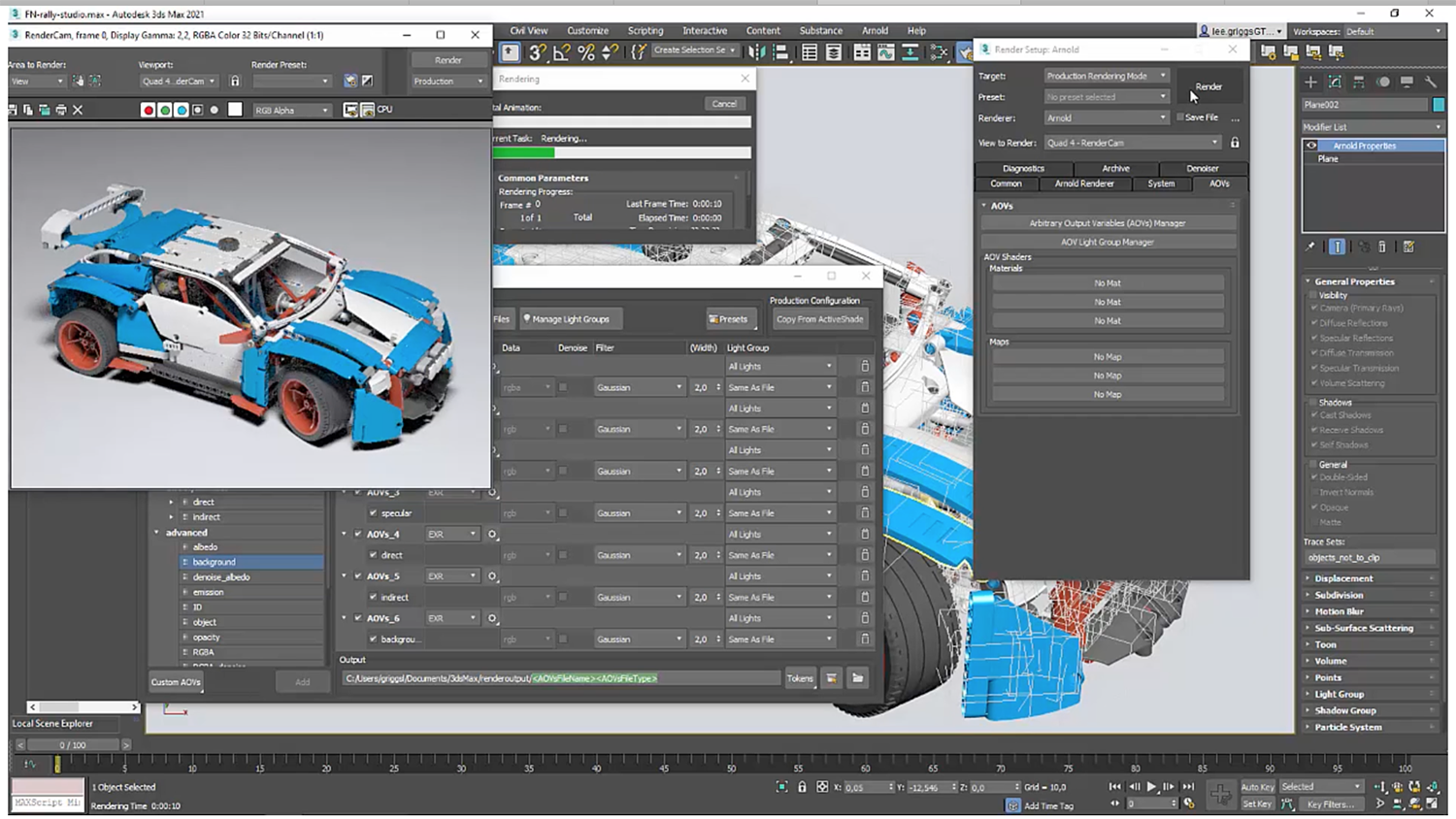

Recent Editable Poly options such as Uniform, Radial, and Patch mitering types can now be set directly from the Chamfer modifier.An issue was also fixed that caused audio to plat at 50% volume after frame 100.

Support added for 24-bit WAV files, 88.2kHz and 96kHz sample rates, as well as support for an unlimited numbers of audio clips (previous maximum of 100). The more assets a file has, the greater the improvement. Autobackup (Autosave) and Hold are faster also. Saving scene files with a very large number of assets is now significantly faster. pymxs now supports an improved way of passing arguments by reference to various APIs, a more flexible callback registration mechanism, and better interoperability with MAXScript. As it doesn’t support MaxPlus python API, we recommend using the pymxs python API instead. Take advantage of the rich set of Python extension libraries and the ability of Python 3 to handle all your algorithms, as Python 3.7.6 is now the default. Roughness support for the Physical Material.Progressive Fade-in Time sets the speed at which certain effects in the viewport such as Progressive Skylight, area light, and depth-of-field are progressively rendered.Ambient Occlusion (AO) is now always visible when working in the viewport Progressive Skylight toggles full shadow-casting skylights, providing accurate skylight shadows when enabled or reducing viewport flicker and visual problems in interior scenes when disabled.Viewport Settings can now be saved as presets.Presets are locked and cannot be saved over, and you are reminded of unsaved changes before closing the Scene Converter. The Scene Converter’s new and improved workflow makes creating custom conversion rules easy. The online and offline installation has been overhauled for a simpler and faster experience.


 0 kommentar(er)
0 kommentar(er)
